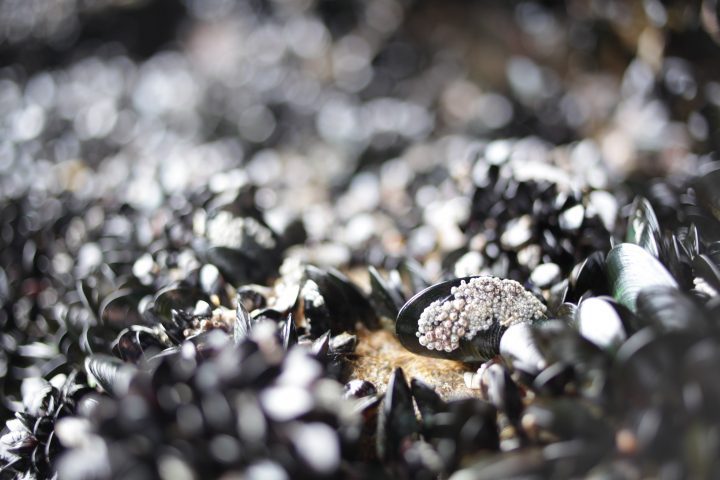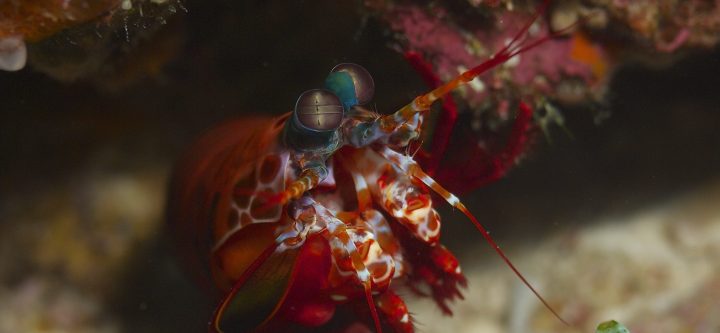Battery from University of Fribourg is made of hydrogel compartments and membranes that are flexible and store energy.
Benefits
- Stable
- Flexible
- Scalable
Applications
- Soft robotics
- Electronics
UN Sustainable Development Goals Addressed
-

Goal 9: Industry Innovation & Infrastructure
-

Goal 12: Responsible Production & Consumption
The Challenge
Wearable and portable electronics require small, stable batteries to function properly. To achieve longer-lasting charges on devices, batteries must be larger, which also makes them heavier. Developing high performance, high energy density, and flexible batteries would improve small, portable electronics.
Innovation Details
The flexible battery is made of two sheets with specialized arrangements of hydrogels. On one sheet, there are small lumps of hydrogels: some that contain saltwater and others that contain freshwater. On the other sheet, some lumps of hydrogels let positive ions flow through while others allow negative ions flow through. When pressed together the ion gradient—the difference in salt concentrations—between the salt water and fresh water activates, causing energy to flow. The sheets can be arranged in any shape, and the energy can be used just by pressing the sheets together.
Biomimicry Story
Electric eels have an organ that generates electricity to stun prey and keep predators at bay. The eels have modified muscle cells stacked on top of each other that are used to generate a current. In the normal state, eels do not generate a current due to the configuration of the cells, but when triggered, an influx of sodium ions changes the polarity of the cells, inducing a current to shock, and possibly kill, its prey or threatening predators.






